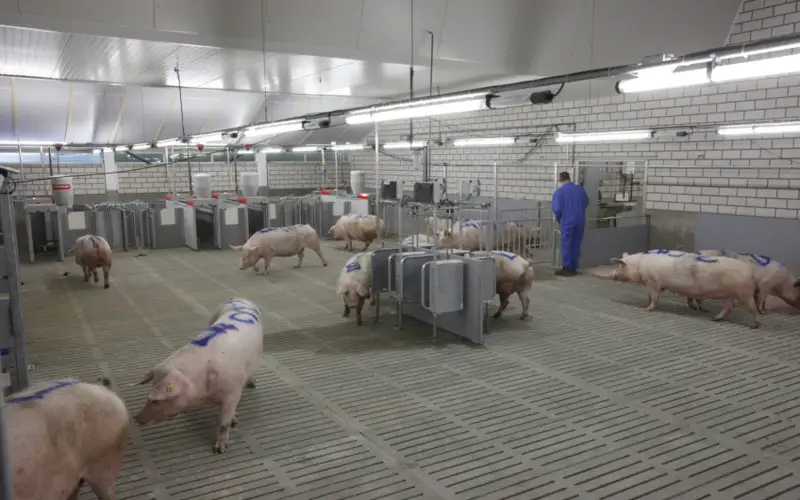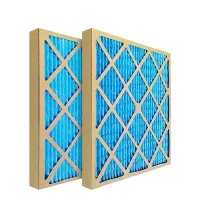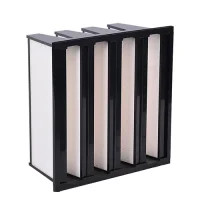Air Filtration Products
Explore our comprehensive range of high-quality air filtration solutions designed for a variety of industries.
From HVAC filters to HEPA and industrial applications, our air filters offer superior performance, energy efficiency, and long-lasting reliability.
Find the perfect filter to meet your needs.


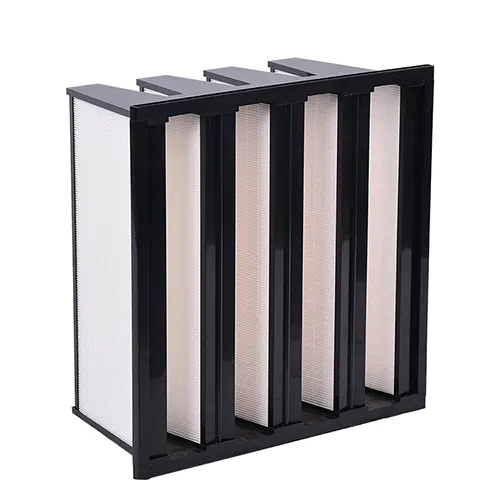
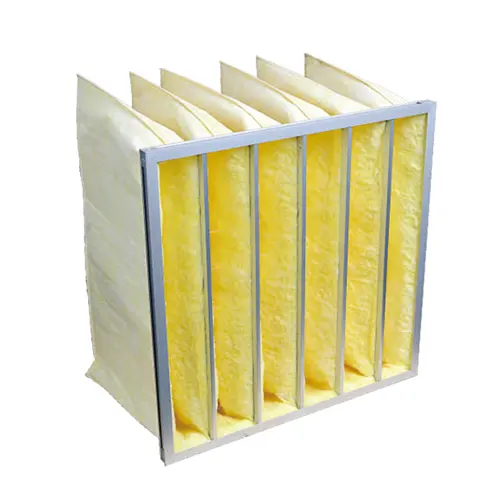
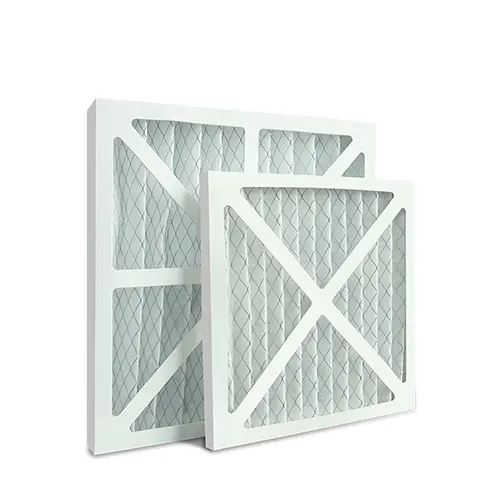
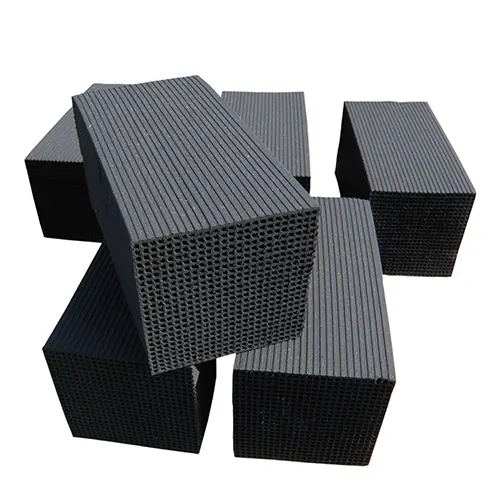

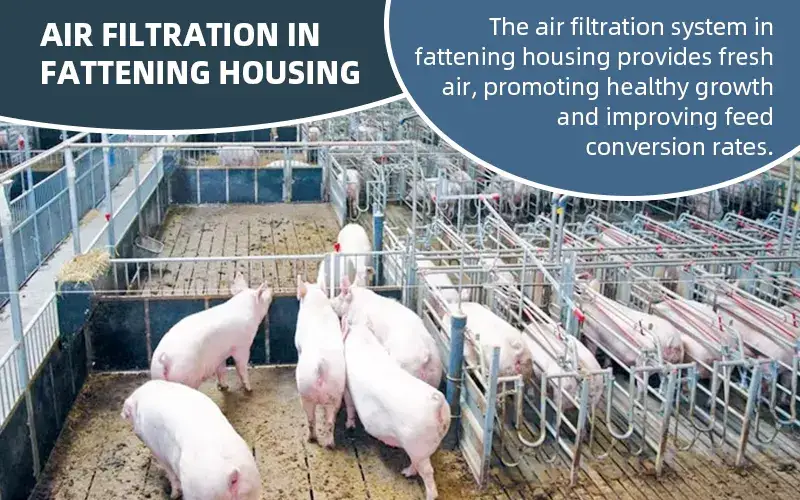
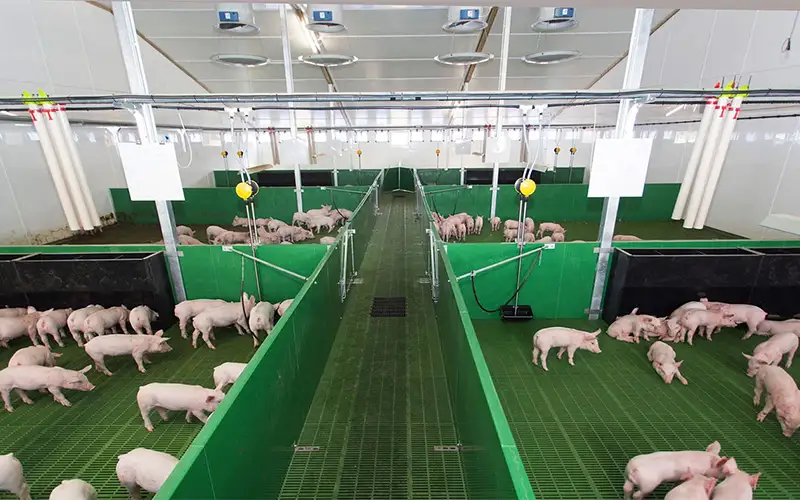 Fattening housing, also known as finishing or grow-finish units, is where pigs are raised from post-weaning (around 20 kg) to slaughter weight (approximately 100 kg).
Fattening housing, also known as finishing or grow-finish units, is where pigs are raised from post-weaning (around 20 kg) to slaughter weight (approximately 100 kg).